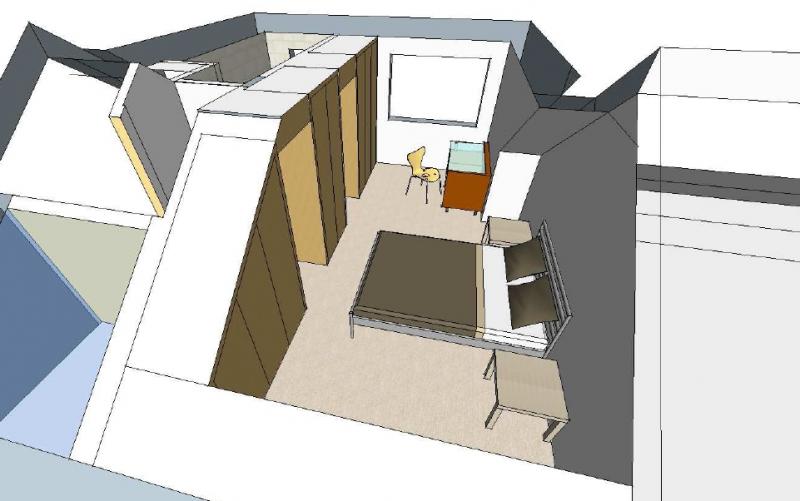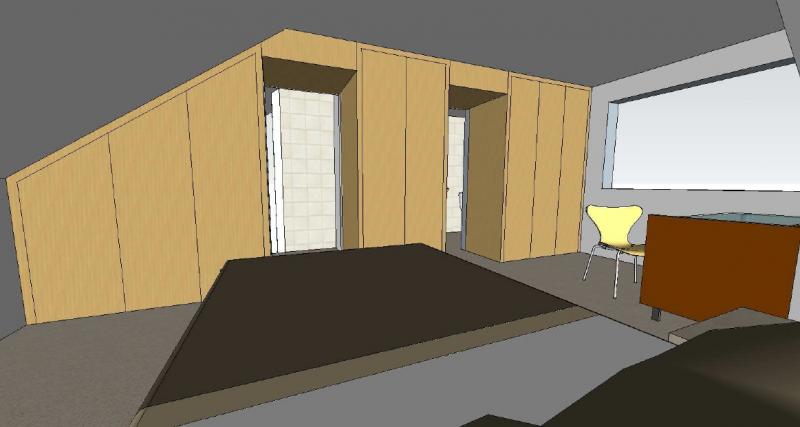Hello chaps,
Plenty of customers are asking me for full height doors on their built-in wardrobes. My cheeky way to make them is one 12mm section cut to door-size and glue/pin some 75mm strips around the edges to create rails and stiles. Pop a bit of beading in and bobs yer uncle.
Once glued and pinned i lie them on an uber-flat surface for a day or two....
Trouble is, the buggers are still prone to minor warping, not sure why....
Does anyone have a more reliable way of making 8ft doors quickly and cheaply?
Keep well folks,
Harvey.
Plenty of customers are asking me for full height doors on their built-in wardrobes. My cheeky way to make them is one 12mm section cut to door-size and glue/pin some 75mm strips around the edges to create rails and stiles. Pop a bit of beading in and bobs yer uncle.
Once glued and pinned i lie them on an uber-flat surface for a day or two....
Trouble is, the buggers are still prone to minor warping, not sure why....
Does anyone have a more reliable way of making 8ft doors quickly and cheaply?
Keep well folks,
Harvey.



